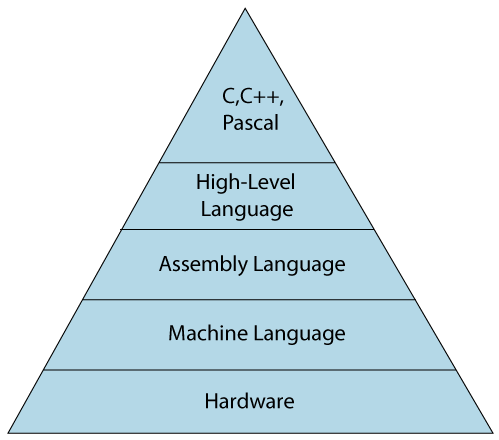What Is High Level Language
A high-level language is a programming language that is designed to be easier for humans to read and write, as compared to machine-level languages like assembly language or machine code. High-level languages are more abstract and use syntax that is similar to natural language, making them easier to understand and use.
Examples of high-level programming languages include Python, Java, C++, JavaScript, and many others. These languages allow developers to write complex programs without having to understand the intricate details of computer architecture or hardware. High-level languages typically provide built-in data structures and libraries that can simplify tasks such as input/output, string manipulation, and more.
High-level languages are often used in software development, web development, data science, and other fields that require complex programming tasks. They are favored by developers because they enable faster and more efficient development of programs, while also reducing the likelihood of errors and bugs.



0 Comments